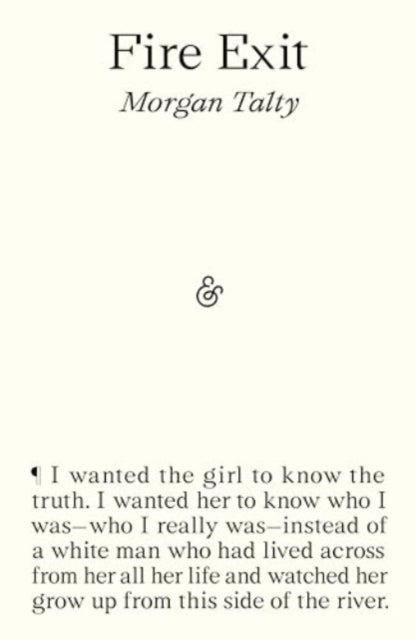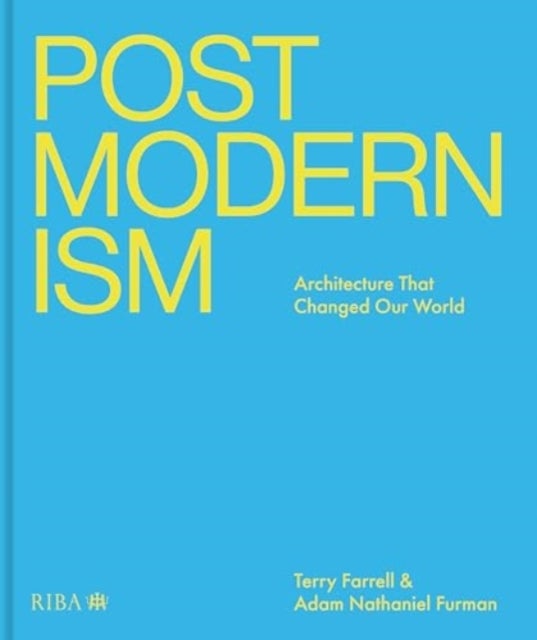
The Nightingale and the Hawk av Katharine M. Wilson
1499,-
<P>This book is the result of investiging whether <EM>Ode to a Nightingale</EM> could be interpreted as the record of an actual song that moved Keats so deeply as to involve, in Jung¿s terms, an experience of the Self. . It is in effect a biographical study of one aspect of Keats¿ life of the imagination. It suggests why he became a poet, shows how his attitude to his poetry changed, how in Jungian terms he first met his ¿shadow¿, rejected it, then came to accept it, and how this affected his poetry.</P><P>The meaning of the few psychological terms used in the book are clarified by illustration from Keats¿ own writing, thus contributing to its understanding at the same time.</P><P>An intimate relationship between his letters and the poems is shown. First published in 1964, the study throws light on well-worn themes such as what Keats meant by beauty, his theory of ¿negative capability¿, why he abandoned <I>Hyperion</I>. It gives a fresh interpretation of <I>Endymion</I> and of aspects








